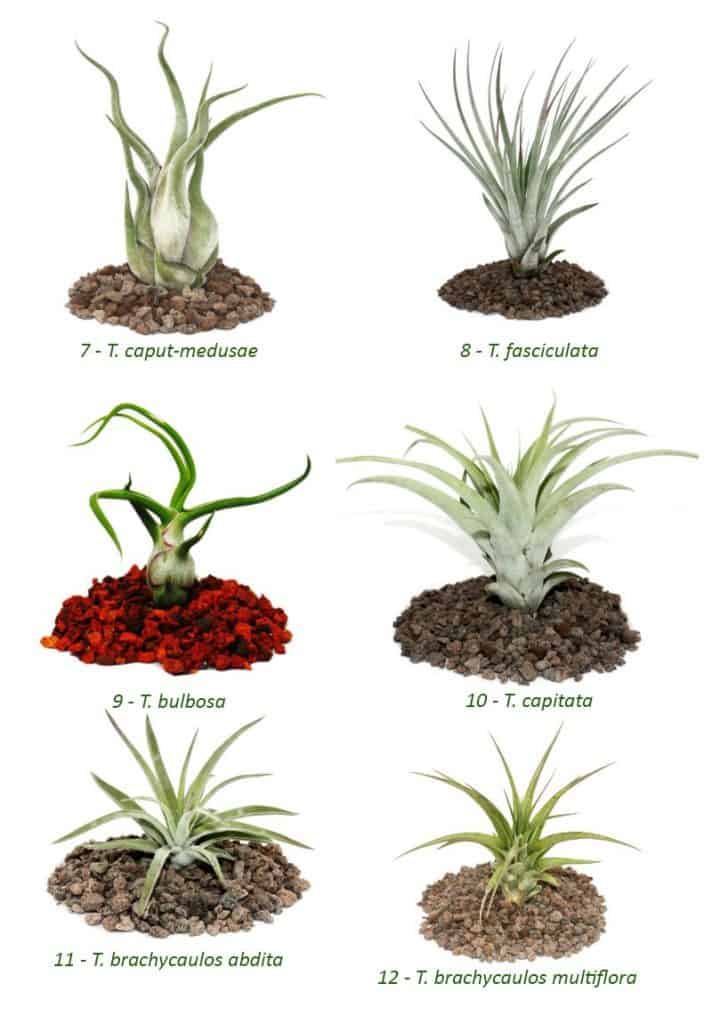In the realm of botany, few groups of plants evoke as much fascination and admiration as cacti. These remarkable succulents, primarily native to the Americas, boast an intricate tapestry of forms and adaptations that serve to entrap both the casual observer and the dedicated horticulturist. Cacti are not merely decorative; they encapsulate an evolutionary mastery of survival in arid ecosystems. As such, understanding the lower classifications of cactus plants unveils layers of complexity and charm that are often overlooked.
At first glance, one might be drawn to the iconic image of a towering saguaro or the whimsical shape of a barrel cactus. Yet, beneath this surface appeal lies a rich diversity. Cacti are categorized into several subfamilies and genera, each with distinct morphological characteristics, habitats, and care requirements. To truly appreciate these extraordinary plants, one must delve deeper into their classifications.
Let us explore the primary subfamilies of cacti, which include the Cactoideae and Pereskioideae, and highlight some noteworthy genera within these groups.
The Cactoideae Subfamily: A World of Diversity
Within the Cactoideae subfamily, enthusiasts will find a myriad of genera showcasing a stunning array of anatomical variations. This subfamily is characterized by its fleshy stems and unique adaptations for water storage. Among the most notable genera are:
Opuntia (Prickly Pear)
Arguably one of the most recognizable members of the cactus family, Opuntia features flat, paddle-like pads adorned with spines. The fruits, known as nopales, are edible and have been used in culinary traditions for centuries. The widespread prickly pear cactus exemplifies resilience, thriving in various habitats – from deserts to mountainous regions. Their blooms are equally captivating, presenting vibrant yellows, reds, and pinks that attract pollinators.
Cereus (Columnar Cacti)
Among those marveling at the striking silhouettes of desert landscapes, the Cereus genus stands out. These columnar giants can reach impressive heights, often becoming focal points in xeriscaping designs. Cereus species display nocturnal blooms, opening their fragrant flowers under the veil of night, a behavior that attracts nocturnal pollinators such as moths and bats. This adaptation illustrates the evolutionary intricacies cacti possess in response to their environments.
Echinocactus (Barrel Cacti)
Not to be overlooked, the Echinocactus genus is heralded for its round, barrel-like shape and impressive spination. Commonly known as barrel cacti, members of this genus store significant amounts of water, allowing them to survive in the most extreme drought conditions. Their skeletal structure not only provides structural integrity but also serves as a protective mechanism against herbivores. The vibrant yellow or red flowers that emerge from their apex during blooming season add a splash of color to the otherwise parched landscape.
The Pereskioideae Subfamily: A Botanical Throwback
Distinct from its more evolved relatives, the Pereskioideae subfamily is home to a group of cacti that exhibit leaf-like structures. These primitive cacti retain leaves instead of purely relying on their stems for photosynthesis, reminiscent of their non-cacti ancestors. This fascinating adaptation has led to misleading appearances, often confusing the casual observer.
Pereskia (Rose Cactus)
The Pereskia genus is notable for its robust foliage, which provides an essential glimpse into the evolutionary history of cacti. With broad leaves and woody stems, these cacti thrive in tropical and subtropical climates, showcasing that not all cacti are desert dwellers. The delicate blooms of Pereskia are often characterized by gorgeous pastel colors, further accentuating their charm.
The Interplay of Environment and Adaptation
Cacti possess a remarkable ability to inhabit some of the most inhospitable environments on Earth. This impressive adaptability is a common observation that solidifies their allure. Their unique physiological traits, such as CAM (Crassulacean Acid Metabolism) photosynthesis, exemplify a sophisticated balance between conserving water and maximizing energy production. This adaptation enables cacti to thrive under scorching sun while minimizing moisture loss.
Moreover, the spines that cover the surface of many cacti serve a dual purpose. They provide essential shade, reducing the plant’s surface temperature, and deter herbivores, securing the plant’s longevity. The diversity in spine shape, size, and density across various genera is as varied as the ecosystems they inhabit.
Conservation and Cultural Significance
As we unravel the myriad classifications of cactus plants, it is essential to acknowledge the ecological significance and cultural foundation they represent. Cacti play a critical role in their ecosystems, serving as keystone species that support various wildlife, from insects to larger mammals. Their ability to survive under extreme conditions makes them vital contributors to desert biodiversity.
Furthermore, cacti carry profound cultural significance across various indigenous communities. They are often intertwined with local customs and traditional medicines, fostering a connection between humans and the environment. This intricate relationship highlights the necessity of conservation efforts to protect both the plants and the cultural heritage they represent.
The Fascination Continues
In summary, understanding the lower classifications of cactus plants invites us into a world of intricate beauty and formidable survival mechanisms. With remarkable diversity from the prolific Opuntia to the resplendent Pereskia, cacti symbolize resilience and innovation in botanical evolution. Their ability to capture the interest of people worldwide, paired with their ecological and cultural importance, ensures that cacti will continue to fascinate and inspire for generations to come.





Leave a Comment